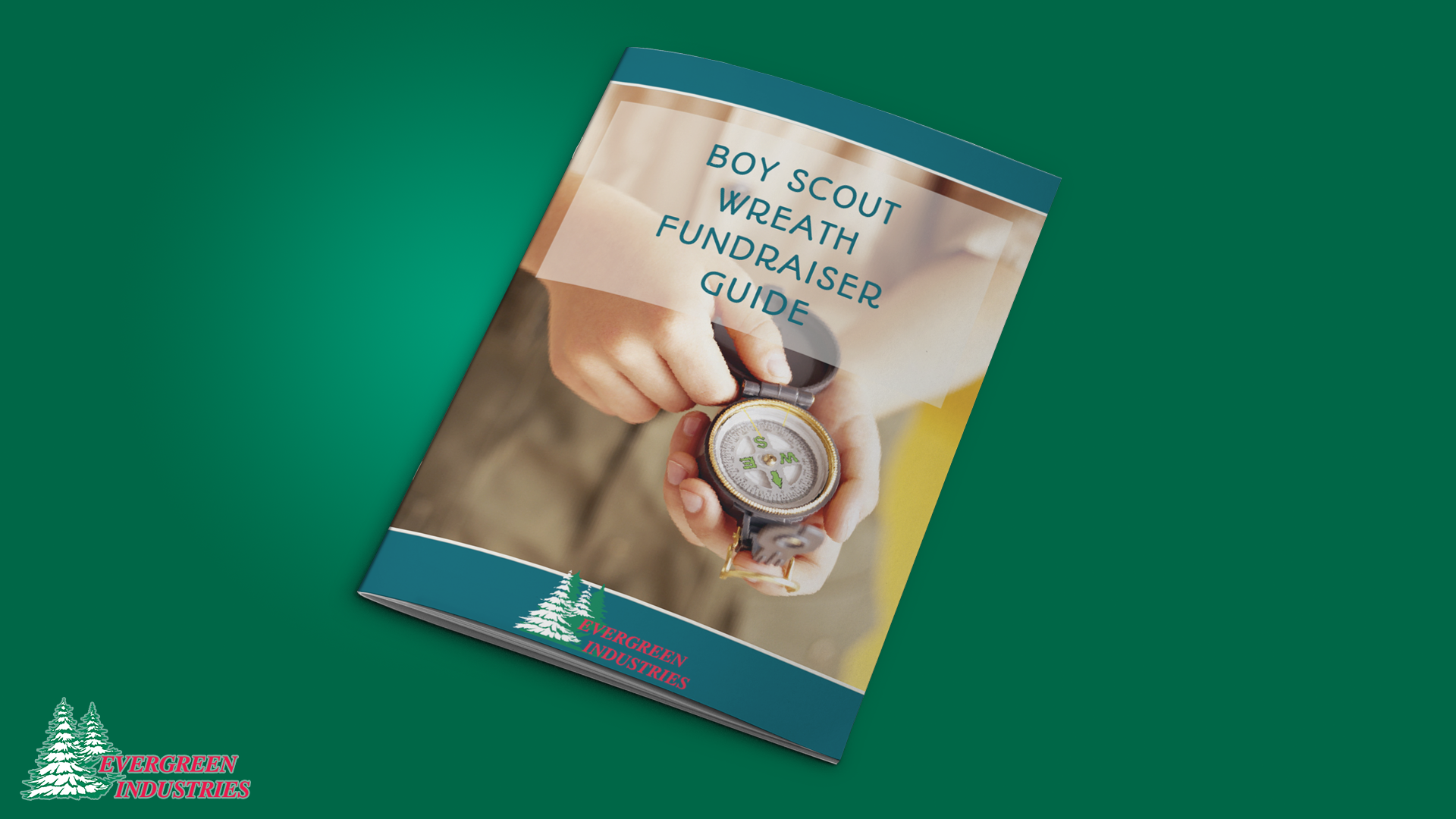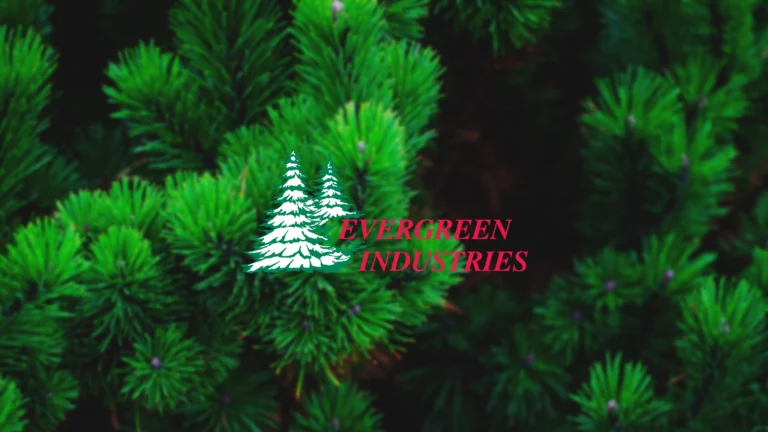Let’s face it: planning a fundraiser can quickly feel like you’ve been handed a messy pile of puzzle pieces. You’re responsible for so many moving parts, and the anxiety about overlooking something major is real. If you’re looking for genuine help with fundraising, the first question is always the biggest: where exactly do you start?
The good news? Every successful campaign, from a small troop effort following specific boy scout fundraising rules to massive efforts run by a major commercial fundraiser or team building fundraising plans for nonprofits, follows the same clear sequence.
Here at Evergreen Industries, we believe in simplification. That’s why our Boy Scout Wreath Fundraising Guide breaks the entire process down into four distinct, highly manageable fundraising stages. While we encourage you to download the full fundraising guide for all the basic details, here’s a quick overview of this roadmap.
Phase 1: Foundation Laying
This initial stage is the absolute bedrock of your success. If you only focus on one thing, make it this plan! Don’t just think about what you’re selling, think about why and to whom.
Crucial planning questions include:
- What is our non-negotiable financial goal and the firm deadline?
- Who is our ideal donor, what moves them, and how do they prefer to be contacted?
- Are we simply hoping for donations, or do we have a concrete strategy for donor engagement?
A detailed strategy here is what prevents panic.
Phase 2: Connecting with Your Community
Once the plan is finalized, then the actual challenge comes up: making people aware. Marketing is more than just displaying flyers, it’s about making a genuine connection with your community.
You need to be creative! Would it be possible to have a booth at a local school fair? Are the owners of the favorite local coffee shop aware of your cause? Sometimes, local networking and community centers can give much more momentum than the flood of common social media posts.
Phase 3: Training Your Volunteers
You have a team full of energy but are they ready? Even the most passionate volunteers still need some clarity in their duties. This is where you come to the point of turning good intentions into great outcomes.
It would be best if you took the time to really think through the expectations about how your team should interact with donors. In addition to simple good manners, this means talking about the fundraising best practices: writing professional emails, using persuasive scripts for phone calls, and knowing how to manage door-to-door sales in a safe and respectful way. A well-prepared team is a team that performs well.
Phase 4: The Wrap-Up
The work isn’t done until you’ve successfully wrapped up the logistics and the relationships. This final stage requires diligence and a focus.
You must: confirm all product pickups and deliveries, ensure every single donor receives a personalized and sincere thank you, conduct a transparent financial review, and, most importantly, hold a team review. That short analytic discussion is crucial for learning what worked (and what didn’t) so your next fundraiser can start from an even stronger position.
Ready to stop feeling stressed and start running your most successful campaign ever? Download our complete guide to fundraising today!




